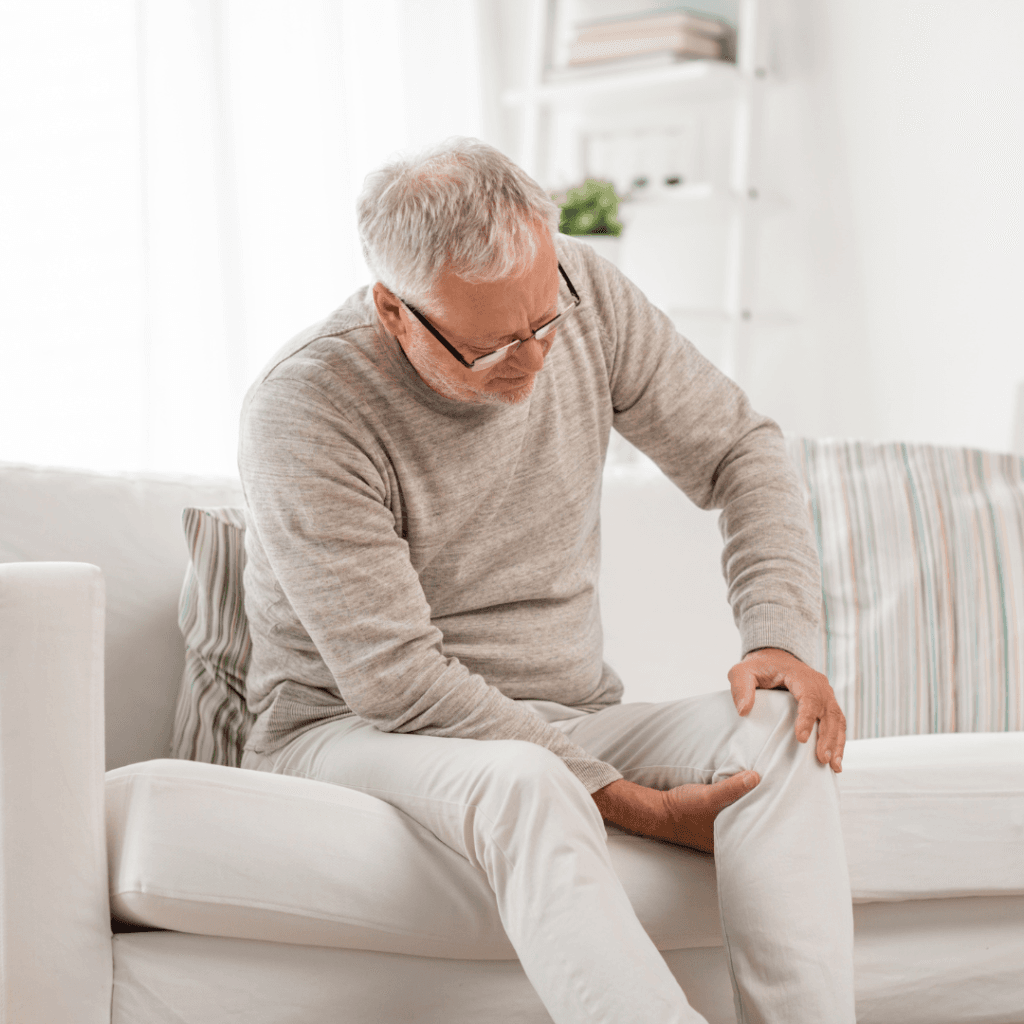If you’re struggling with joint pain, you’re not alone. Whether it’s aching knees, stiff shoulders, or sore hips, joint pain can make even simple activities feel like a challenge. But here’s the good news: you don’t have to accept pain as a normal part of aging or injury recovery.
Regenerative medicine is offering new hope for long-lasting pain relief—without surgery or reliance on medications. By harnessing the body’s own healing potential, treatments like Platelet-Rich Plasma (PRP) therapy and stem cell injections help repair damaged joints, reduce inflammation, and restore mobility.
Let’s explore how regenerative medicine can help you stay active, pain-free, and doing what you love—without limitations.
Why Joint Pain Happens
Joints are one of the most overworked parts of the body, and over time, wear and tear can lead to pain, stiffness, and inflammation. Common causes include:
✔ Osteoarthritis – Breakdown of cartilage leading to bone-on-bone friction.
✔ Tendon & Ligament Injuries – Sprains, strains, and overuse injuries.
✔ Inflammation – Chronic conditions like rheumatoid arthritis or bursitis.
✔ Cartilage Degeneration – Loss of cushioning in joints, reducing flexibility.
Traditional treatments—painkillers, cortisone injections, and even surgery—often only mask symptoms rather than heal the damage. That’s where regenerative medicine steps in.
How Regenerative Medicine Heals Joints Naturally
Unlike conventional treatments, regenerative medicine focuses on repairing tissues, reducing inflammation, and restoring function.
- Platelet-Rich Plasma (PRP) Therapy
✔ Uses your own blood’s healing factors to repair joint damage.
✔ Stimulates cartilage regrowth and reduces inflammation.
✔ Effective for osteoarthritis, tendon injuries, and ligament damage.
How It Works:
● A small sample of your blood is drawn.
● It’s processed in a centrifuge to concentrate the platelets.
● The PRP solution is injected into the affected joint to stimulate healing.
✅Real-Life Example: Mark, 55, struggled with knee arthritis. After one PRP treatment, he noticed less pain, better movement, and reduced stiffness. - Stem Cell Therapy
✔ Uses powerful regenerative cells to rebuild cartilage and repair tissues.
✔ Reduces joint inflammation and pain.
✔ Can help delay or prevent joint replacement surgery.
How It Works:
● Stem cells are harvested from your own bone marrow or fat tissue.
● They are processed and injected directly into the damaged joint.
● Over time, the stem cells promote tissue regeneration and joint healing.
✅Real-Life Example: Sarah, 62, was considering a hip replacement but wanted a non-surgical alternative. After two stem cell injections, she regained mobility and avoided surgery altogether. - Exosome Therapy (Next-Level Healing)
✔ Uses cellular messengers to promote tissue repair and reduce inflammation.
✔ Enhances the effects of PRP and stem cell therapy.
✔ Supports faster recovery and long-term joint health.
How It Works:
● Exosomes (tiny cellular messengers) are injected into the joint.
● They enhance cell communication, improving the healing response.
● Works well for chronic joint pain, injuries, and post-surgical recovery.
✅Real-Life Example: Mike, a 45-year-old athlete with chronic elbow pain, combined PRP and exosome therapy—within weeks, he had significant pain relief and improved movement.
Why Athletes & Active Adults Choose Regenerative
Medicine
Regenerative therapies are becoming the go-to solution for athletes, weekend warriors, and active adults looking to heal faster and stay in the game.
✔ Non-Surgical Alternative – Avoid joint replacements and long recoveries.
✔ Long-Lasting Results – Heals the root cause, not just symptoms.
✔ Minimal Downtime – Most patients return to activity within days.
✔ Safe & Natural – Uses your own body’s healing abilities, reducing risks.
✅Pro Athletes Who Use Regenerative Medicine:
● Tiger Woods – Used PRP for knee injuries.
● Kobe Bryant – Relied on PRP therapy for chronic joint pain.
● Rafael Nadal – Used stem cell injections for back pain.
If it works for the world’s top athletes, it can work for you too!
What to Expect During Treatment
Step-by-Step Process for PRP & Stem Cell Therapy:
- Consultation & Diagnosis
Your specialist evaluates your joint health, pain levels, and mobility to determine the best treatment plan. - Blood Draw or Cell Collection
● For PRP: A small blood sample is taken and spun in a centrifuge.
● For Stem Cells: Cells are extracted from bone marrow or fat tissue. - Injection Into the Joint
● PRP, stem cells, or exosomes are precisely injected into the affected joint.
● Ultrasound guidance ensures accuracy. - Recovery & Follow-Up
● Mild soreness for a few days.
● Return to light activities within 24-48 hours.
● Healing occurs over weeks to months, with continued improvement.
✅Typical Timeline for Results:
Week 1-2: Reduced inflammation, mild pain relief.
Month 1-3: Noticeable improvement in mobility and pain reduction.
Month 3-6: Maximum healing, stronger joints, and long-term relief.
Who Can Benefit from Regenerative Medicine?
✔ Active Adults & Athletes – Heal sports injuries without missing months of training.
✔ Seniors with Arthritis – Restore joint function and avoid invasive surgery.
✔ Anyone with Chronic Joint Pain – Get lasting relief without relying on pain meds.
If joint pain is slowing you down, regenerative medicine can help you move freely again.
Final Thoughts: Don’t Let Joint Pain Control Your Life
You don’t have to live with joint pain, avoid activities you love, or feel like surgery is your only option. Regenerative medicine provides real, long-lasting solutions—helping you heal from within.
Ready to feel stronger, move better, and live pain-free? Book your consultation today and take the first step toward lasting relief.
Suggested Next Steps:
✔ Schedule a Consultation – Learn how PRP or stem cell therapy can help you.
✔ Download Our Free Guide – Get expert insights on regenerative joint care.
✔ Follow Us for Updates – Stay informed on the latest pain relief breakthroughs.
Disclaimer: This post is for informational purposes only and should not replace professional medical advice. Always consult a healthcare provider before starting new treatments.

